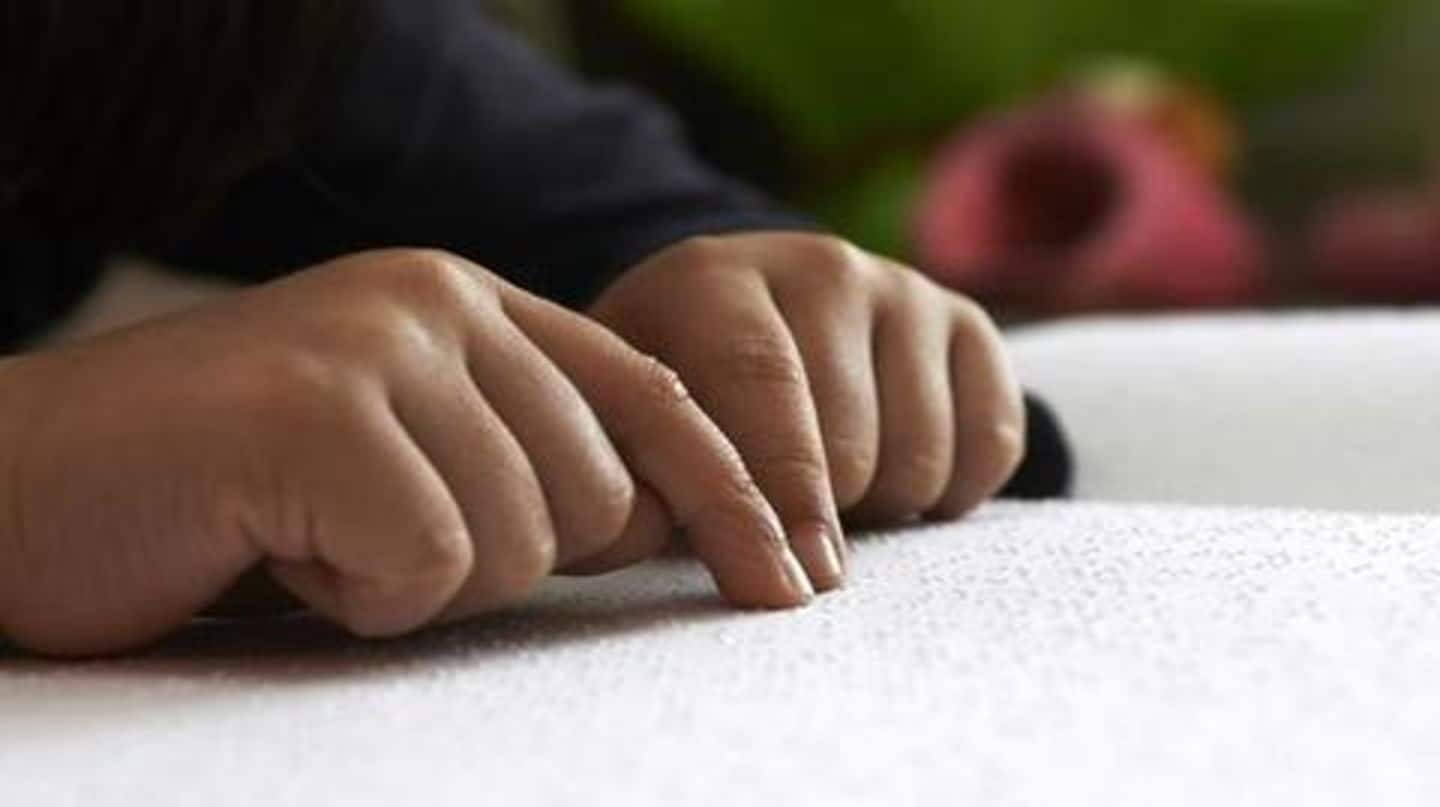
This IIT-Delhi team helps blind students 'see' diagrams using 3D-printing
What's the story
We all believe in education for all, but even today, visually impaired students are not getting the education they really deserve. Yes, there is braille to help them understand written text, but perceiving/visualizing pictures, diagrams, and graphs still remains a major issue. However, now, a team at IIT-Delhi is striving to change that with a novel 3D-printing-based solution, reports YourStory. Here's more about it.
Need
Importance of diagrams, graphics in education
For sighted children, diagrams, pictures, and figures are the best source of learning. Right from their early days at school, teachers take text and images hand in hand to explain things, like an Apple's image to explain 'A for Apple'. In higher classes, the role of diagrams gets even more important, especially to grasp concepts of science, physics, geography, and mathematics.
Information
This leaves learning incomplete for millions of students
With no scalable technique to perceive figures, millions of visually impaired students are forced to switch to theory-based subjects and complete education without its critical element. This leaves a major gap in the whole concept of learning, affecting a massive pool of potential talent.
Solution
But now, there are tactile diagrams
To solve this problem, Raised Lines Foundation, a group of faculty and students at IIT Delhi, have used 3D-printing to develop a tech capable of producing customized 'tactile diagrams'. These diagrams, originally created for a SmartCane manual, carry raised lines and textures that students can feel using their sense of touch. This way, just like Braille, they can also visualize the graphics being presented.
Progress
2,000 books produced with tactile diagrams
With the new affordable solution, RLF has already created some 2,000 books with tactile diagrams in six months. The 12-member team has produced 70,000 copies of 1,000 unique tactile diagrams in maths, science, geography, and economics books for classes 6th to 12th. Plus, they claim to have a production capacity of 500 books per month at this stage.
Quote
Statement from project leader Piyush Channana
"The goal is to provide textbooks in an accessible format along with the tactile diagrams to every student with visual impairment and empower them to choose subjects by choice and not compulsion," team leader Piyush Channana told YourStory.
Potential
This could change learning, reading forever
Though tactile diagrams are being used in some countries, the solution from RLF is scalable, something that makes it a wonder for blind and visually impaired students. They have worked with several blind people, organizations for visually impaired, and special teachers for this technique, and are now planning to expand. Notably, they are already taking orders for various manuals for computers, smartphones, musical instruments.